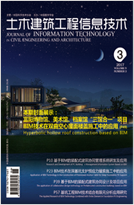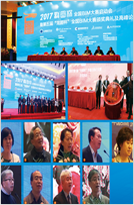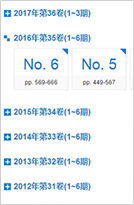Abstract:
Introducing digital tools in the construction sector to establish a quantified evaluation and optimization mechanism is crucial for promoting the development of green buildings, reducing carbon emissions, enhancing the quality of construction projects, and driving high-quality development in the construction industry. Taking the example of the research on the full life cycle assessment of green buildings on Guangyang Island in Chongqing, a "BIM Evaluation Matrix Method" is proposed based on the latest national standard system for green buildings, with a BIM model base established. By combining various evaluation control factors in the standards, a preliminary assessment of the project's BIM model's specific simulation verification indicators is conducted. Through continuous optimization and re-verification of the control factors at different stages, the project ultimately meet the requirements for a three-star green building, achieving green building assessment through digital means. The application of the "BIM Evaluation Matrix Method" has improved the overall performance of buildings, providing a more comfortable environment, reducing the impact on the ecological environment, and achieving goals of land conservation, material conservation, energy conservation, water conservation, and sustainable development.










 下载:
下载: